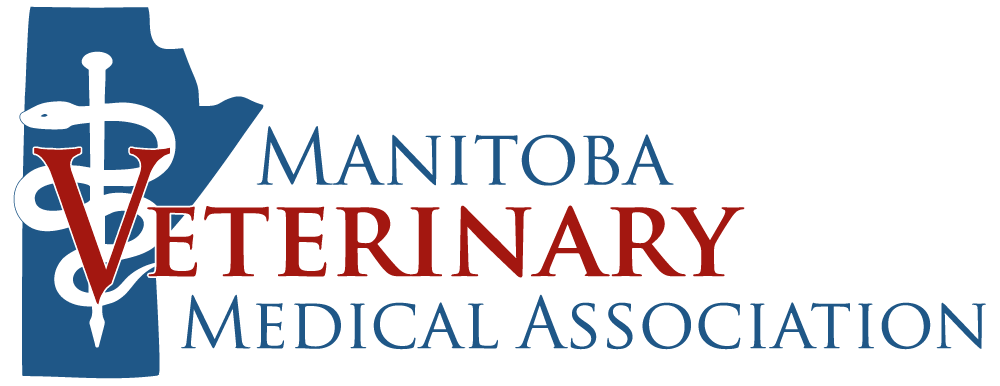H5N1 Influenza in Dairy Herds and Other Livestock
The unfortunate discovery of an Influenza A – H5N1 virus infecting dairy cattle in the United States has raised concerns in the livestock industry across North America. Infected cows exhibit severe clinical effects, milk drops, fevers, and flu like symptoms. Fortunately, the infected cows do recover.
Highly Pathogenic Avian Influenza (H5N1) causes severe issues in poultry and waterfowl. At present the infection in cattle is being referred to as an emerging disease – Influenza A, H5N1
Reports from the cases in the US suggest that cattle are becoming infected from diseased migratory wild birds. As Manitoba is situated in one of the major migratory wild bird fly zones we must be vigilant about this disease.
Preliminary gene sequencing has not indicated that there is any evidence of a major mutation of the HPAI virus. At present this HPAI virus has not been diagnosed in any feedlots, beef herds or swine herds.
To ensure adequate support, response and notification, Highly Pathogenic Avian Influenza (HPAI) in birds and Influenza A in any species is reportable in Manitoba. Manitoba’s Chief Veterinary Office (CVO) wants to ensure producers and veterinarians have the support necessary to address any suspect influenza A – H5N1 cases. The provincial Animal Disease Investigation program is available for any veterinarian that encounters a suspect case. Veterinarians assessing animals with wild bird exposure that either fit the symptoms in dairy cattle described below or show unexplained influenza A symptoms (especially neurologic) can contact the CVO through the emergency response email at CVO-EOC.gov.mb.ca or can call Dr Glen Duizer at (204) 471 4758 or Dr Doug Bazinet (204) 599 7784 to determine whether it is appropriate to submit samples for influenza testing.
Note the Canadian Food Inspection Agency (CFIA) will be providing a guidance document on H5N1 to veterinarians across Canada shortly. We will provide an update once that document becomes available.
The investigation will provide support with the following:
- Determination of appropriate samples
- Cost of diagnostic sampling, including but not limited to Influenza testing
- Professional time for the veterinarian when assisting with the clinical and diagnostic assistance with the suspected herd/animals.
- Assistance with Bio-security on and within the affected farm.
- Notification to the CFIA district office if further follow up is required.
Farmers and veterinary practitioners should be considering HPAI if the following herd symptoms are occurring:
- Flu-like symptoms
- Minimal respiratory symptoms
- Fevers
- Severe drop in milk production
- Milk becomes yellow and thick (colostrum like) and increased SCC
- Manure variable – diarrhea and/or thick and pasty
- Morbidity – 10 to 15% of the herd affected
- In the initial herds – mature cows in mid to later stages of lactation
- Mortality – less than 1%
- Symptoms peak at 3 to 6 days
- Recovery is gradual 15 +/- days
Based on our current information, it appears the virus has an affinity to replicate in mammary tissue. We have yet to identify animals with confirmed virus replication in tissues other than mammary tissue and milk.
Milk from affected animals should be discarded until they return to normal. Unpasteurized milk and any other raw milk products should not be used for human consumption.
At the present time there is very minimal risk to human health.
As most of our dairy herds are housed indoors at this time of the year, this should minimize the risk of HPAI becoming an issue. However, enhanced biosecurity is recommended to minimize exposure of your cattle to HPAI. The herd veterinarian and the CVO will assist with additional biosecurity procedures should a premises be diagnosed with HPAI. An updated link with HPAI reference is listed below.
Dairy Biosecurity Recommendations for HPAI and More (aabp.org)
There remains concerns about HPAI in wild birds. Manitobans are asked to contact the TIP Line (toll-free) at 1-800-782-0076, if they find any of the following:
- clusters of six or more dead waterfowl (e.g., ducks, geese) or other water birds;
- any number of dead raptors or avian scavengers (e.g., ravens, crows, gulls); and
- large groups of dead birds, such as more than 20 of any species.
– Manitoba’s Chief Veterinary Office

